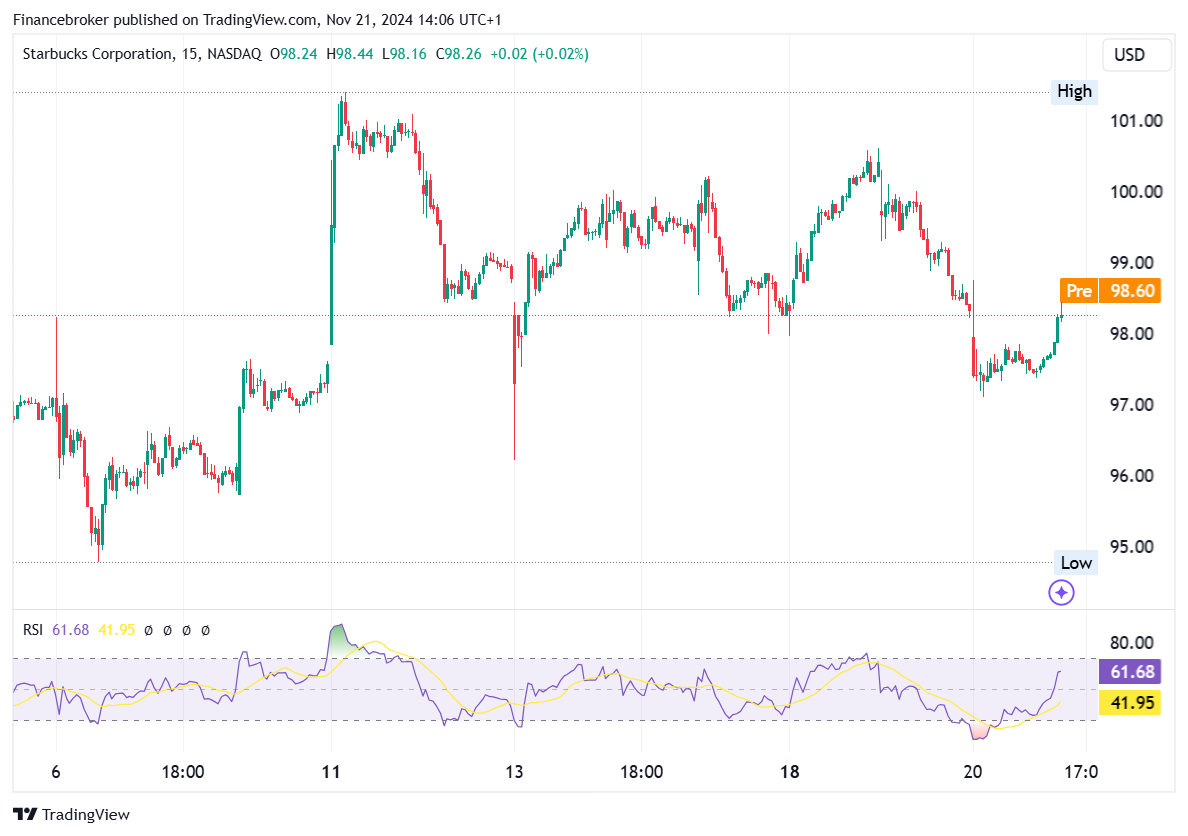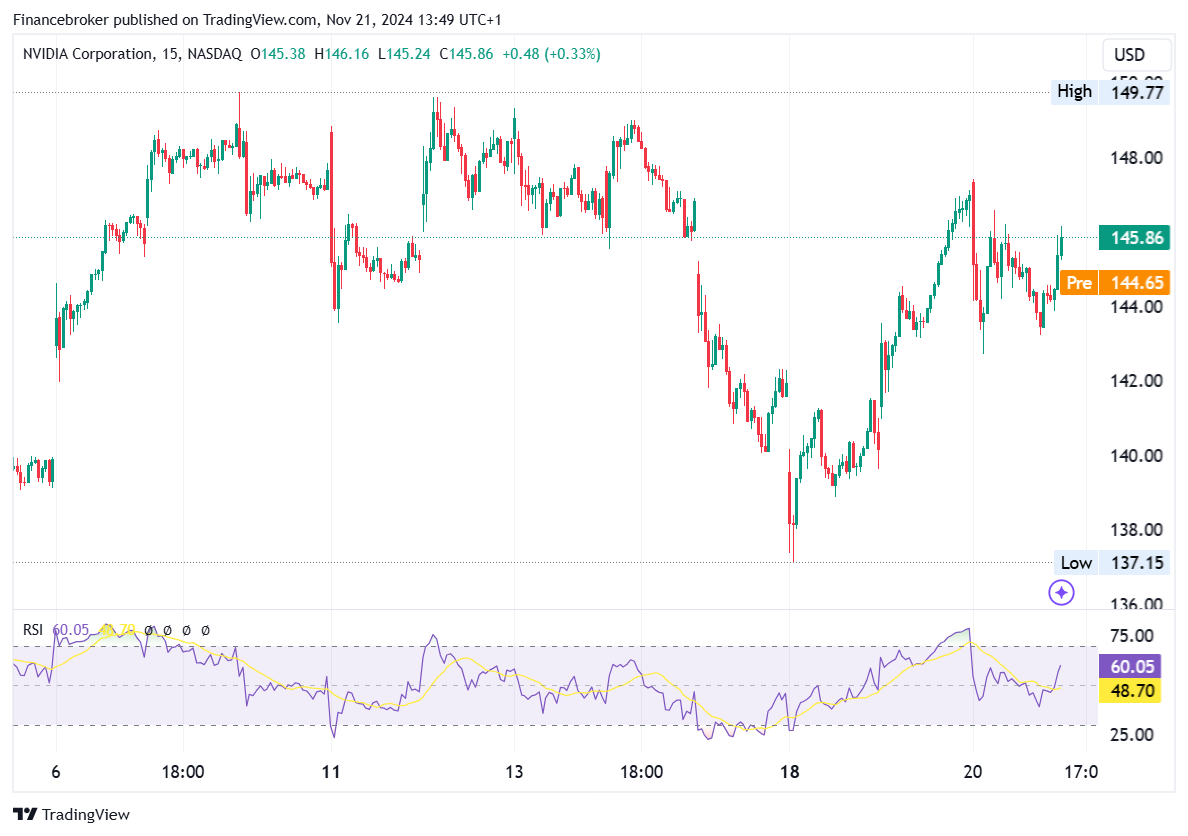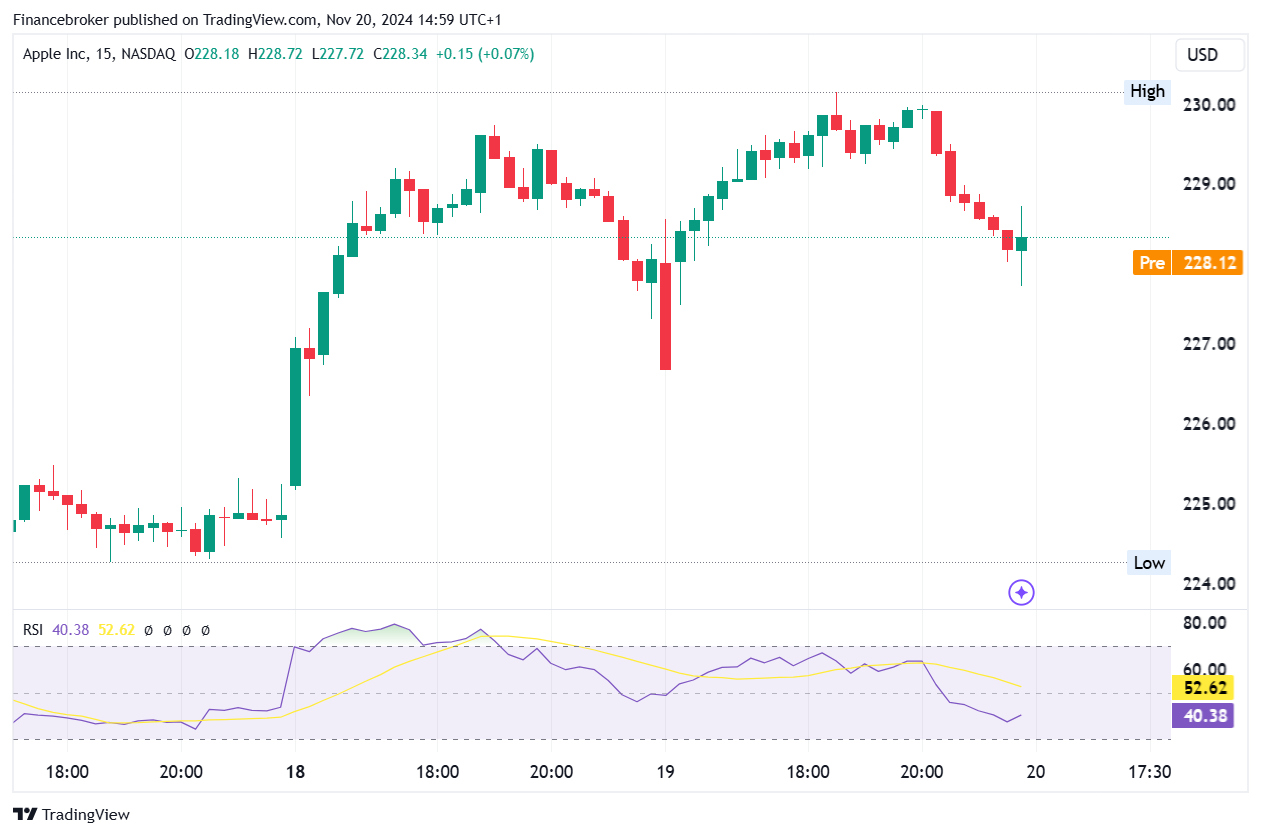
Structured Equity Investments: A Strategic Path to Wealth
Structured Equity Investments: A Strategic Path to Wealth
Structured equity is a financial instrument that unites various elements of equity and debt to create customized investment solutions.
Interestingly, solutions mentioned earlier are tailored to meet the specific needs of investors, offering a balance of risk and reward that traditional equity or debt instruments might not provide.
It is vital to gather more information about structured equity, its components, etc. We will also discuss other related topics.
What is structured equity?
There is no need to have a bachelor’s degree in finance to understand what structured equity is all about.
To make a long story short, it is a hybrid financial instrument. The purpose of structured equity is to achieve specific investment objectives.
It is noteworthy that it is typically created through a combination of equities (stocks) and derivatives (options, futures, etc.)
Institutional investors, hedge funds and others use these instruments to customize their exposure to equity markets while managing risk and optimizing returns.
Components
The primary component of structured equity is stocks, which represent ownership in a company.
Notably, equities provide the potential for capital appreciation and dividends. However, equities also come with market risk.
Derivatives: These financial contracts derive their value from underlying assets. For example, stocks, bonds, commodities, or indices.
Common derivatives utilized in structured equity include options (calls and puts), futures, and swaps. It is also possible to use derivatives to enhance returns or gain exposure to specific market movements.
Debt instruments: In the case of some structured equity products, debt instruments such as bonds or loans are included to provide a fixed income component. This can help balance the risk profile of the investment.
Types of structured equity investments
Structured equity products come in various forms. Let’s take a closer look at some of the most common types:
Convertible bonds: These are bonds that can be converted into a pre-decided number of shares of the issuing company. We should mention that convertible bonds offer the fixed income of a bond with the potential for capital appreciation if the company’s stock performs well.
Equity-linked notes: These are debt securities with returns connected to the performance of a specific equity or equity index. Equity-linked notes expose investors to the underlying equity while offering downside protection through principal repayment at maturity.
Structured warrants: Financial institutions issue structured warrants. Investors have the right, but not the obligation, to buy or sell a specific equity at a preset price. Structured warrants allow investors to leverage their exposure to equities with a limited downside risk.
Collateralized equity products: These involve combining equities with collateral, such as government bonds or cash, to create a structured product with a defined risk and return profile. It is possible to use collateralized equity products to increase returns or provide capital protection.
Benefits and risks
We need to note that structured equity investments offer various benefits to investors:
Customization: Structured equity products can be tailored to meet the specific needs and objectives of investors. This customization allows for precise management of risk and return profiles.
Risk management: By combining equities with derivatives and other instruments, structured equity products can provide downside protection and mitigate market risks. This makes them suitable for investors looking to manage volatility and preserve capital.
Enhanced returns: Structured equity products can offer enhanced returns through the use of leverage and strategic exposure to equities. Investors can participate in the upside potential of equities while managing downside risk.
Diversification: These products provide diversification by combining different asset classes and strategies within a single investment. This diversification can reduce overall portfolio risk.
Risks of structured equity investments
Structured equity investments offer many benefits. However, we can’t neglect the risk factors:
First of all, structured equity products can be complex and difficult to understand. So, investors must thoroughly understand the underlying components and the product’s structure.
Market risk: In spite of risk management features, structured equity products are still subject to market risk. Adverse movements in the underlying equities or indices can result in losses.
Credit risk: Structured equity products often involve counterparties. For instance, financial institutions, carry credit risk. If a counterparty defaults, investors may face losses.
Liquidity risk: A number of structured equity products may have limited liquidity, making it difficult for investors to sell their holdings quickly. This can be a concern in volatile market conditions.
Regulatory risk: Changes in regulations and market conditions can impact the performance and availability of structured equity products. Investors need to stay informed about regulatory developments.
Examples
In order to understand better structured equity, let’s discuss a few examples:
Convertible bond example: An investor purchases a convertible bond issued by a technology company. The bond pays a fixed interest rate and can be converted into company shares at a specified price.
If the company’s stock price rises above the conversion price, the investor can convert the bond into shares and benefit from the capital appreciation. However, if the stock price falls, the investor still receives the fixed interest payments.
Equity-linked note example: An investor buys an equity-linked note linked to the performance of the S&P 500 index. The note has a maturity of three years and provides a guaranteed return of principal at maturity, along with a potential upside based on the index’s performance.
If the S&P 500 performs well, the investor receives a higher return. What happens, if the index performs poorly? The investor still receives the principal amount.
Equity swap example: A hedge fund enters into an equity swap agreement with a bank. The hedge fund agrees to pay the bank a fixed interest rate, while the bank agrees to pay the hedge fund the total return of a specified stock index. This allows the hedge fund to gain exposure to the stock index without directly owning the underlying stocks, benefiting from potential appreciation while managing risk.
Conclusion
Structured equity is a versatile and powerful investment tool that combines equities, derivatives, and other financial instruments to create customized solutions for investors. These products offer a range of benefits, including risk management, and enhanced returns. Nonetheless, they also come with risks, such as complexity, market risk, etc.
Investors considering structured equity investments should thoroughly understand the products and seek professional advice to ensure they align with their investment objectives and risk tolerance.
By carefully navigating the complexities and leveraging the advantages of structured equity, investors can achieve tailored investment outcomes in dynamic financial markets.
The post Structured Equity Investments: A Strategic Path to Wealth appeared first on FinanceBrokerage.



